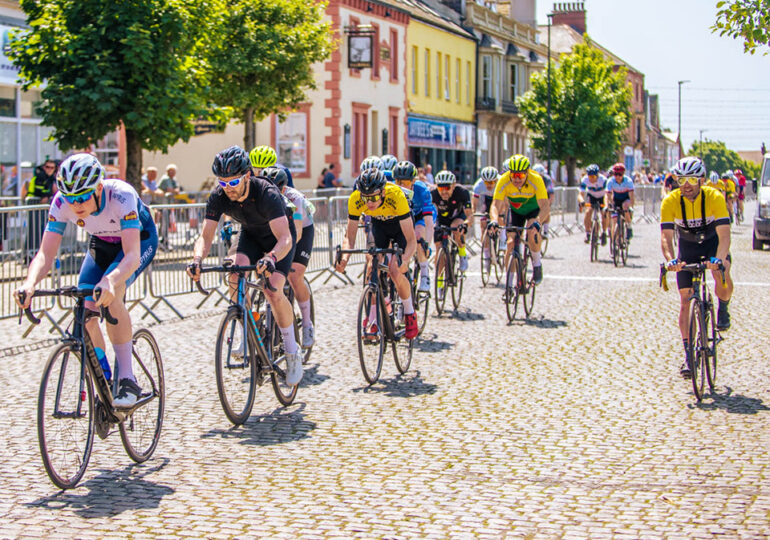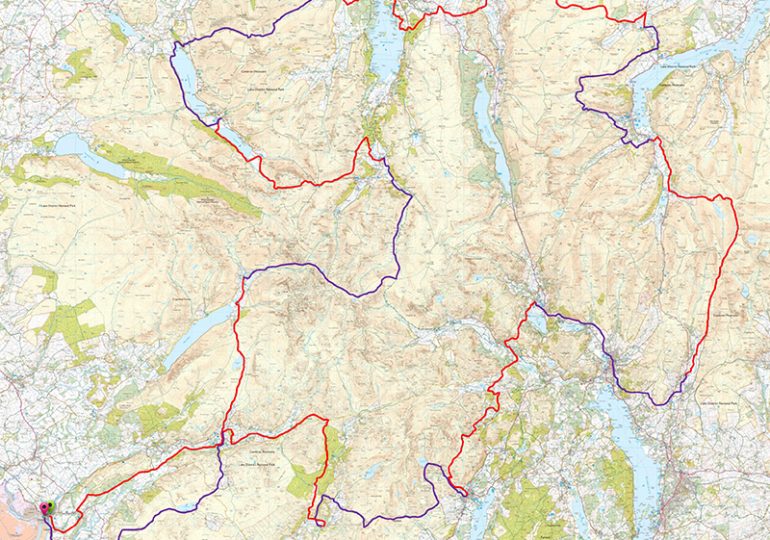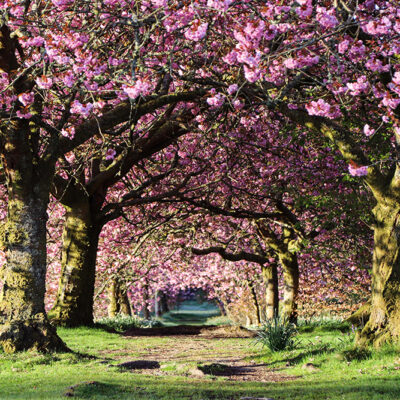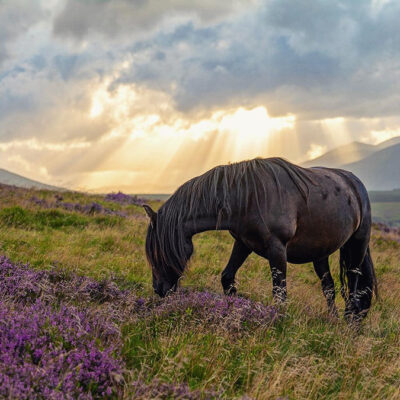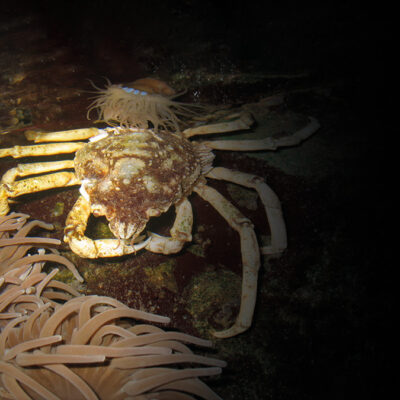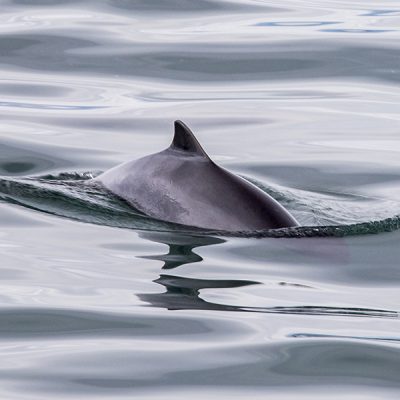Crummock Water – Our Lakes series
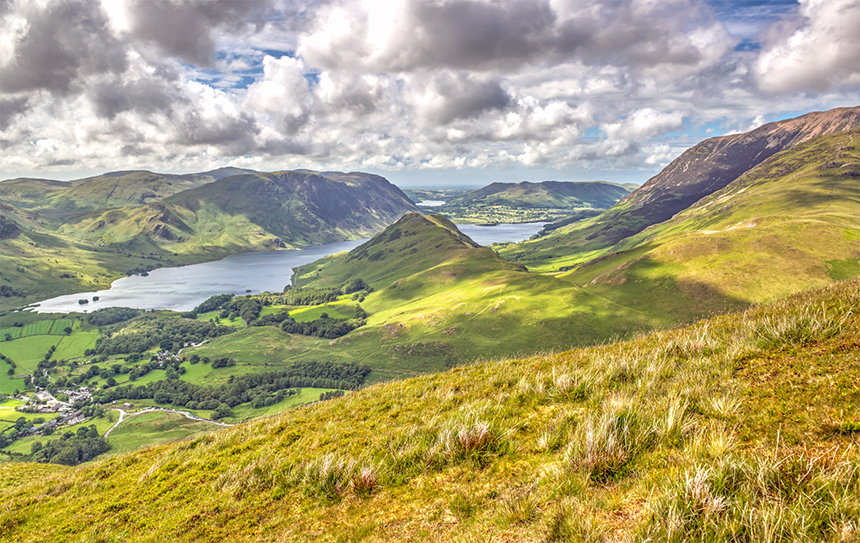
Crammed between its upstart neighbour of Buttermere and the tranquil Loweswater, our lakes series casts its eye over Crummock water.
Like Loweswater further down the valley, Crummock is often overlooked by visitors who tend to stick to nearby Buttermere.
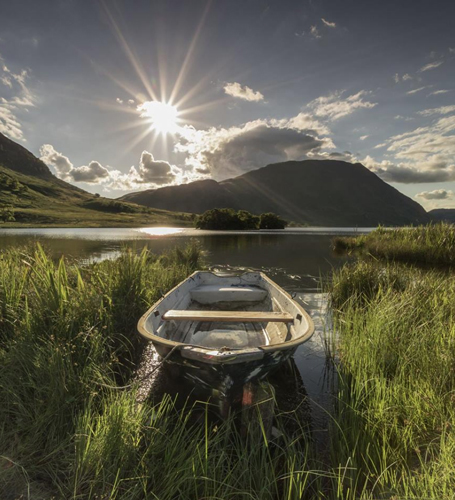
Bob Nichol
But Crummock is dramatic and it has much to reward those that can break themselves away from the crowds.
For starters, it is fed by the highest waterfall in the Lake District. Scale Force has a single drop of 170 feet (nearly 52 metres) and if you add the other two drops of 20 odd feet, it’s certainly impressive. The force is spectacular in wet conditions but hidden away in a deep tree-lined gorge it’s well worth the two-hour round trip, even in dry periods.
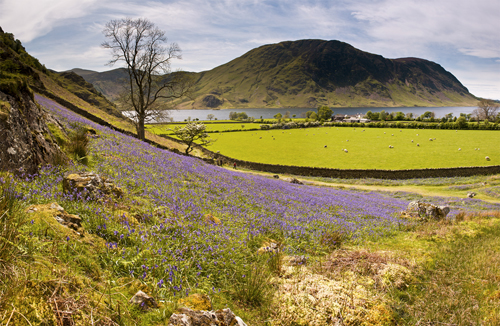
Mark Hewitt
Crummock is one of a series of three lakes that were once a single body of water. The lush green fields that separate it from Loweswater and Buttermere at either end are part of an alluvial plain that was formed from debris washed down by mountain streams after the last Ice Age.
From certain vantage points on the fell tops, it’s easy to picture the long-gone larger lake.
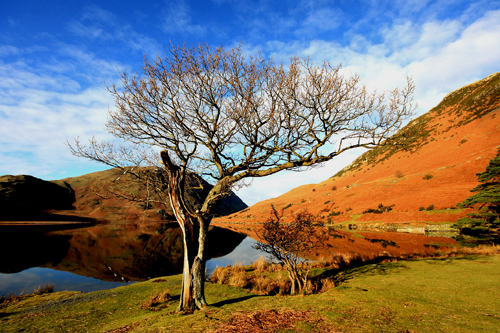
Crummock is ruggedly beautiful and it’s drawn admirers from the earliest days of tourism in the lakes. Brackenthwaite Hows is little more than a molehill compared to nearby fells, but that made it no less popular with Georgian and Victorian tourists.
None more so that one of our most esteemed painters, William Mallard Turner. A young Turner captured the view from the hill in a 1797 watercolour. His painting of Crummock Water looking towards Buttermere from the viewpoint formed the basis of a later oil painting of the dramatic vista.
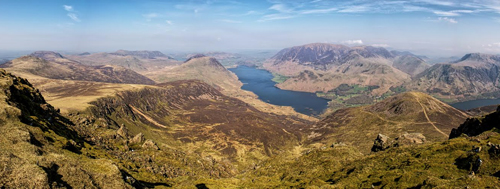
Mark Hewitt
Brackenthwaite Hows fell out of favour as people looked for more spectacular views from higher vantage points but the National Trust recently purchased the land with a mind to opening up the landscape that so inspired Turner.
The valleys around Crummock were crawling with romantic artists who spent time in the area looking for inspiration. The Lake Districts favourite son, William Wordsworth, described Scale Force as ‘a fine chasm, with a lofty, though but slender, fall of water’.

A circular walk around Crummock Water is a delight. The lake is only 2.5 miles long and walkers barely need to break a sweat. While for those that thrive on the high life, the mighty Grassmoor on the west and Mellbreak on the east, will not disappoint. The fells of Mellbreak run the length of Crummock Water and the doyen of Lakeland walking, Alfred Wainwright, felt that: “No pairing of hill and lake in Lakeland have a closer partnership than these.”
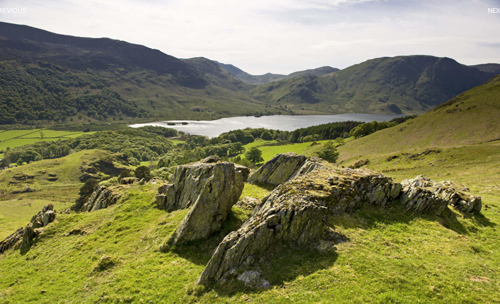
Mark Hewitt
As always, the meaning of our Lakeland names adds mystery and the origin of Crummock does little to raise the shroud. It’s felt that Brythonic Celtic gave the name ‘crumbaco’ which means crooked. So the ‘Crooked One’ may refer to the winding course of the River Cocker, which flows out of the lake or refers to the bending nature of the lake itself.
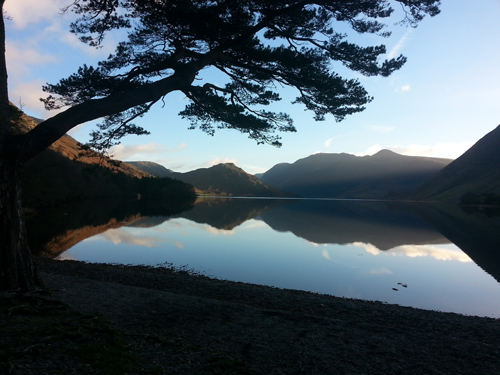
John Bragg
Crummock Water is drained by the Cocker which winds down through Lorton Vale before joining the River Derwent at Cockermouth.
Our previous issue mentioned the fabled battle in Rannerdale between local Norse settlers and the invading Normans but the ‘secret valley’ of Rannerdale is world-famous for its display of Bluebells in April-May.
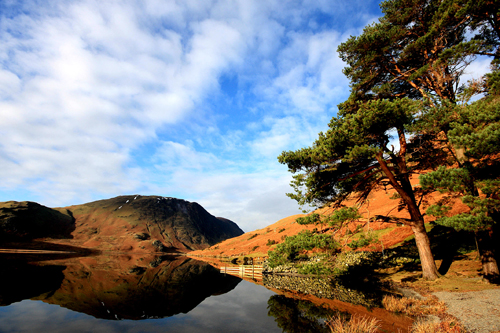
The vivid blue carpet makes a spectacular scene and with Crummock hovering in the background, there is no finer view in all of Lakeland.

Mark Hewitt





